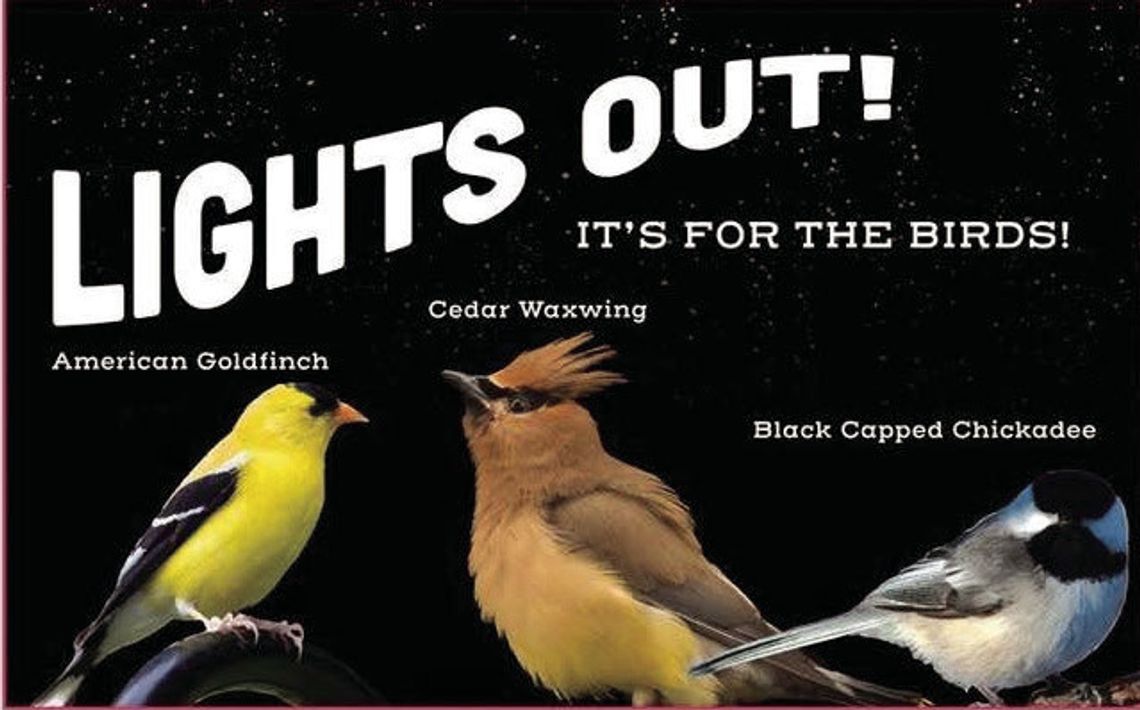Every night, as we sleep quietly here in Hays County, thousands of birds are boldly winging overhead, moving northward in the annual Spring migration, March 1 through June 15.
According to Bird-Cast, at dashboard. birdcast.info/ on the night of March 20, for example, about 153,100 birds flew over Hays County, and 1,328,300 flew over Texas. Those numbers will increase greatly as we get closer to the peak Spring migration period in late April.
Bird enthusiasts can check every morning for birds on the wing by entering Hays County at the BirdCast website above, powered by The Cornell Lab and other institutions.
The Spring and Fall migrations are amazing events. For many birds, their journeys are long and arduous, covering hundreds or thousands of miles, during which these small travelers need all their strength, endurance and good luck to reach their goal. Learn more by searching “The Basics of Bird Migration” at allaboutbirds.org One of several major threats to their success and survival is light pollution, which can disorient birds, causing them to get lost, expend vital energy and fly into objects such as towers and single-story structures.
The U.S. Fish and Wildlife Service considers night lighting a major threat to migrating birds. Read about the threat that lighting poses at fws.gov/story/ threats-birds-collisions- nighttime-lighting Wimberley Valley Dark Sky joins with many other bird and light-awareness organizations across the country in encouraging turning out all unnecessary lights at night, always, but especially during Spring migration, March 1 to June 15, and Fall migration, August 1 to November 30.
With many increasing threats to bird life, such as loss of habitat and food, and the recent bird flu, our birds can use all the help we can give them. You can also watch for bird – and light – information on the Wimberley Valley Dark Sky Facebook page.








